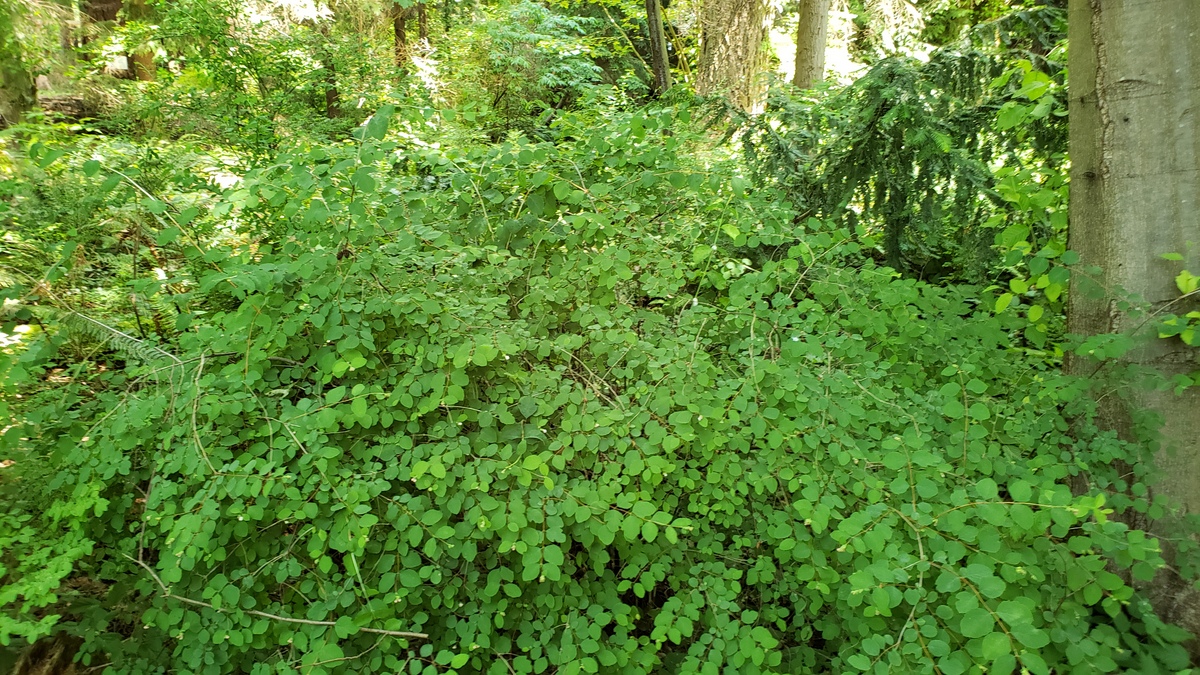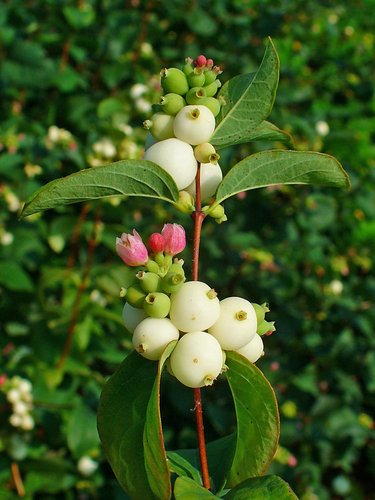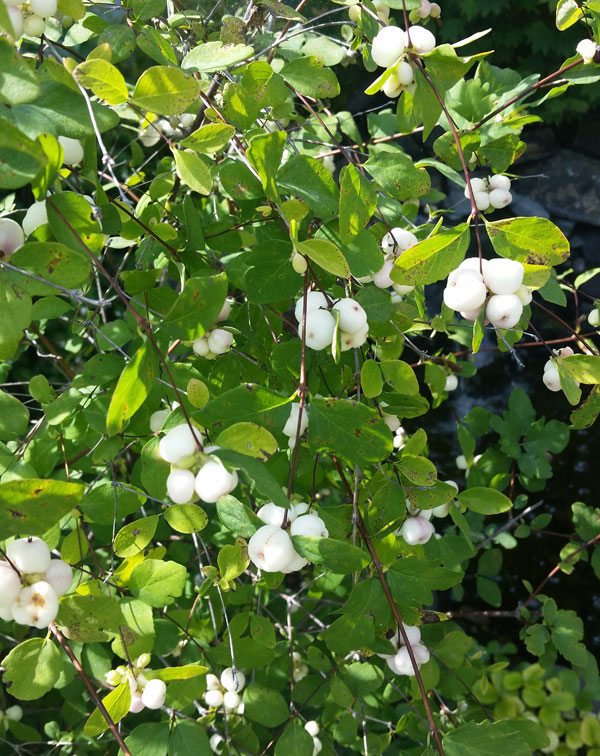How To Grow And Care For Common Snowberry
Introduction
Common snowberry (Symphoricarpos albus) is a deciduous shrub that is native to North America. It is a popular ornamental plant for its white, berry-like fruits that persist throughout the winter. Snowberry is also a valuable wildlife plant, providing food and shelter for birds, bees, and other animals.
Growing Conditions
Common snowberry is a relatively easy plant to grow. It is hardy in USDA zones 2-7 and can tolerate a wide range of soil conditions. However, snowberry does best in full sun or partial shade and well-drained soil.
Watering
Common snowberry is drought-tolerant once established. However, young plants will need regular watering, especially during the first year. Water deeply once a week, or more often during hot, dry weather.
Fertilizing
Common snowberry does not need to be fertilized heavily. A light application of fertilizer in the spring will help to promote new growth and flowering.
Pruning
Common snowberry can be pruned in late winter or early spring. Remove any dead, diseased, or damaged branches. You can also thin out the shrub to improve air circulation and reduce the risk of pests and diseases.
Propagation
Common snowberry can be propagated by seed, cuttings, or division. Seed propagation is the most difficult method, but it is possible. Cuttings are the easiest method, and they will root quickly. Division is another easy method, and it is a good way to propagate mature plants.
Pests and Diseases
Common snowberry is generally pest- and disease-free. However, it can be susceptible to powdery mildew and aphids. If you see any signs of pests or diseases, treat them promptly with an appropriate pesticide or fungicide.
Conclusion
Common snowberry is a beautiful and versatile plant that is easy to grow. It is a great choice for gardens in all parts of the country. With proper care, common snowberry will thrive for many years to come.
Common snowberry is a beautiful shrub that is native to North America. It is known for its white berries, which persist on the branches well into winter. Snowberry has a number of uses, including medicinal, ornamental, and culinary.
If you are interested in learning more about common snowberry, I encourage you to visit Garden Wiki. This website provides a wealth of information about the plant, including its history, uses, and cultivation.
FAQ of common snowberry
- What is common snowberry?
Common snowberry (Symphoricarpos albus) is a deciduous shrub that is native to North America. It is known for its white or pink berries, which appear in late summer and fall. Common snowberry is a popular ornamental plant, and it is also used for medicinal purposes.
- What are the uses of common snowberry?
Common snowberry has a variety of uses. The berries can be eaten fresh or made into jelly or wine. The leaves and roots can be used to make tea, which has been used to treat a variety of ailments, including stomach disorders, fevers, and rashes. The berries and leaves can also be used to make a natural dye.
- How to grow common snowberry?
Common snowberry is a relatively easy plant to grow. It prefers full sun or partial shade, and it can tolerate a variety of soil conditions. Snowberry is drought-tolerant once established, but it does benefit from regular watering during the first year or two. Snowberry is a relatively pest- and disease-free plant, but it can be susceptible to powdery mildew.
- How long does it take for common snowberry to grow?
An individual plant can reach its mature size (height) in 2 or 3 years. However, it may take up to 5 years for the plant to reach its full flowering potential.
- What are some common problems with common snowberry?
The most common problem with common snowberry is powdery mildew. Powdery mildew is a fungus that can cause the leaves of the plant to become white and powdery. To control powdery mildew, you can use a fungicide or you can try to prevent the problem by watering the plant regularly and making sure that it gets enough sunlight.
Image of common snowberry
- Image 1: A close-up of a cluster of white snowberry berries.

- Image 2: A branch of a snowberry shrub with green leaves and white berries.
- Image 3: A whole snowberry shrub in full bloom, with white flowers and green leaves.
- Image 4: A snowberry shrub in the fall, with its leaves turning red, orange, and yellow.

- Image 5: A snowberry berry in close-up, showing its white flesh and black seeds.
- Image 6: A snowberry berry being eaten by a bird.

- Image 7: A snowberry plant growing in a forest.

- Image 8: A snowberry plant growing in a garden.

- Image 9: A snowberry plant being used as a hedge.
- Image 10: A snowberry plant being used as a groundcover.
Post a Comment for "How To Grow And Care For Common Snowberry"